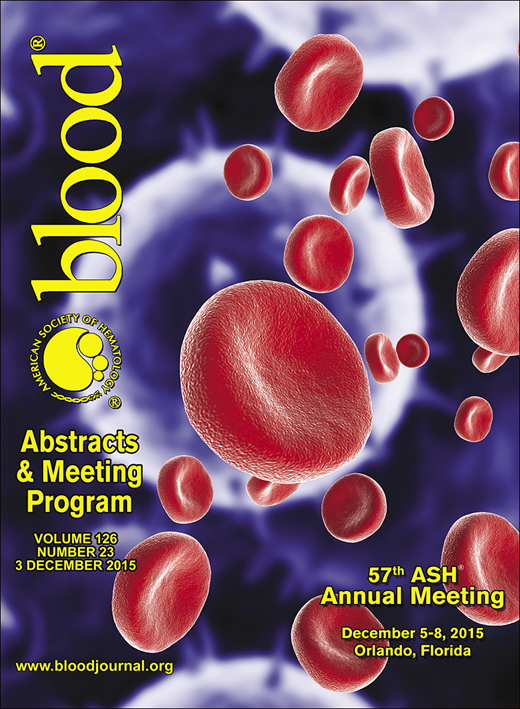Abstract
Long term hematopoietic stem cells are essential for the life-long maintenance of the hematopoietic system of an organism. The transcription factor RUNX1 is required for the emergence of definitive hematopoietic stem cells (HSCs) from the hemogenic endothelium during the embryo development. Runx1 knockout mouse embryos lack all definitive blood lineages and cannot survive past embryonic day 13. However, we previously showed that zebrafish homozygous for an ENU-induced nonsense mutation in runx1 (runx1W84X/W84X) were able to recover from a larval "bloodless" phase and develop to fertile adults with multi-lineage hematopoiesis, suggesting the formation of runx1-independent adult HSCs. However, our finding was based on a single zebrafish model, which requires verification in additional, independent models.
In order to further investigate if a RUNX1-independent pathway exists for the formation of adult HSCs, we generated two new runx1 mutants, a deletion of 8 bp (runx1del8/del8) and a deletion of 25 bp (runx1del25/del25) within exon 4 of runx1, respectively, using the Transcription activator-like effector nucleases (TALENs) technology. These mutations cause frameshifts and premature terminations within the runt-homology domain,, resulting in loss of function of runx1 (runx1-/-). Both runx1del8/del8 and runx1del25/del25 mutant embryos had normal primitive hematopoiesis but failed to develop definitive hematopoiesis. Time-lapse recordings with confocal microscopy revealed that, indeed, there was no emergence of HSCs from the ventral wall of dorsal aorta in the runx1-/- embryos. The runx1-/- larvae gradually lost circulating primitive blood cells and became bloodless between 8 and 14 days post fertilization (dpf). However they gradually regained circulating blood cells between 15 and 20 dpf. Eventually, about 40% of runx1del8/del8 and runx1del25/del25 mutants developed to fertile adults with circulating blood cells of multi-lineages. Taken together, our data is consistent with the previously described runx1W84X/W84X phenotype and supports the possibility of a runx1-independent mechanism for HSC formation and definitive hematopoiesis.
No relevant conflicts of interest to declare.
Author notes
Asterisk with author names denotes non-ASH members.

